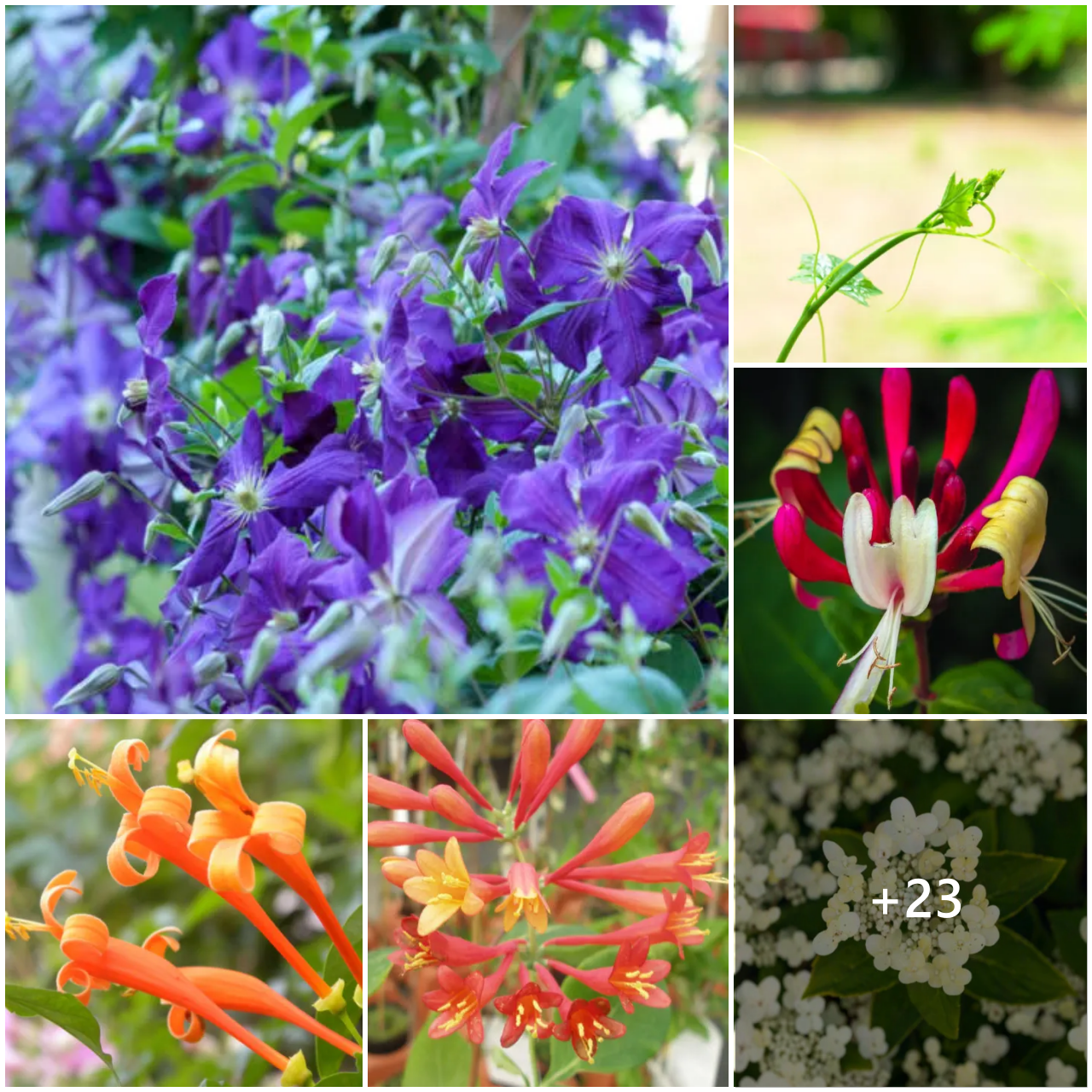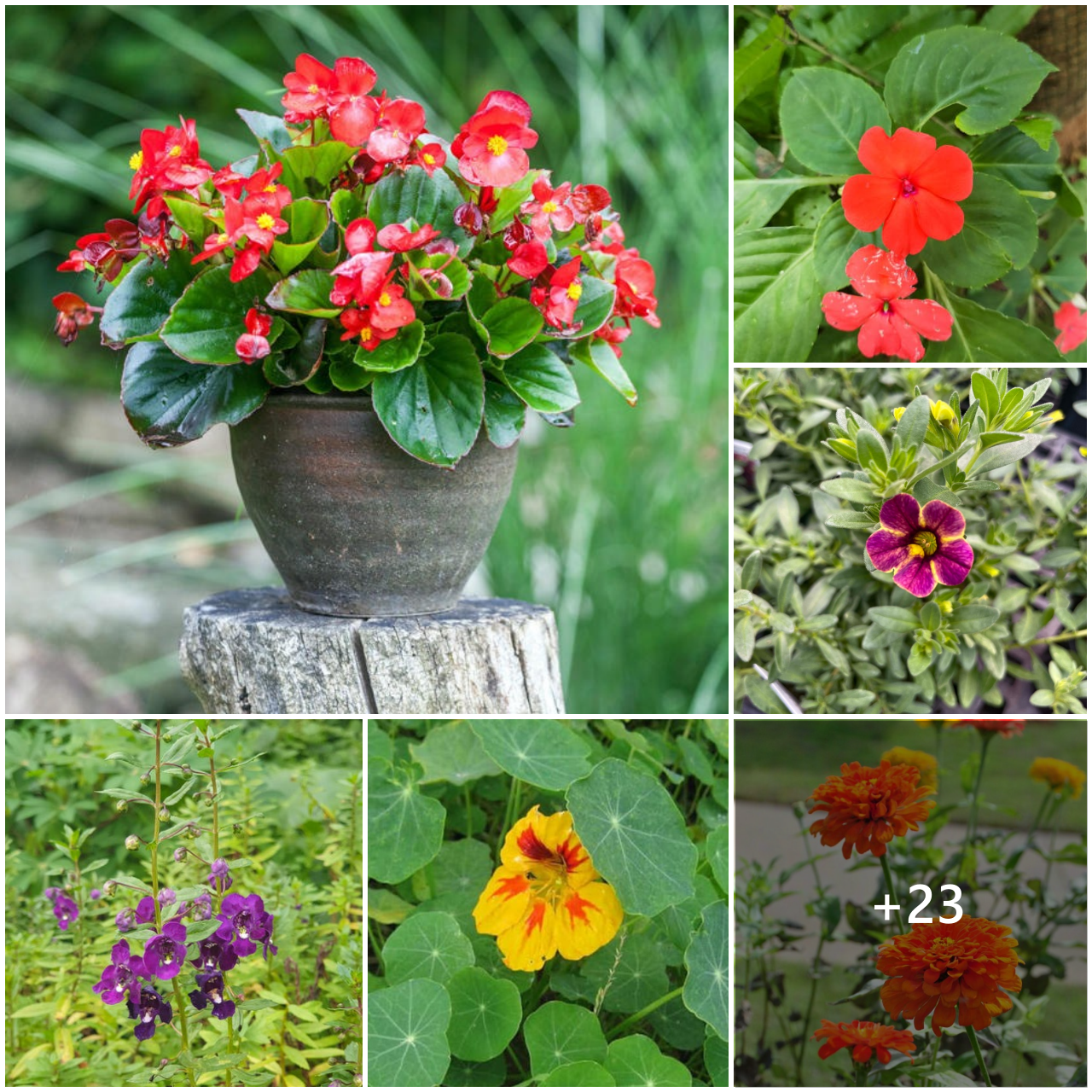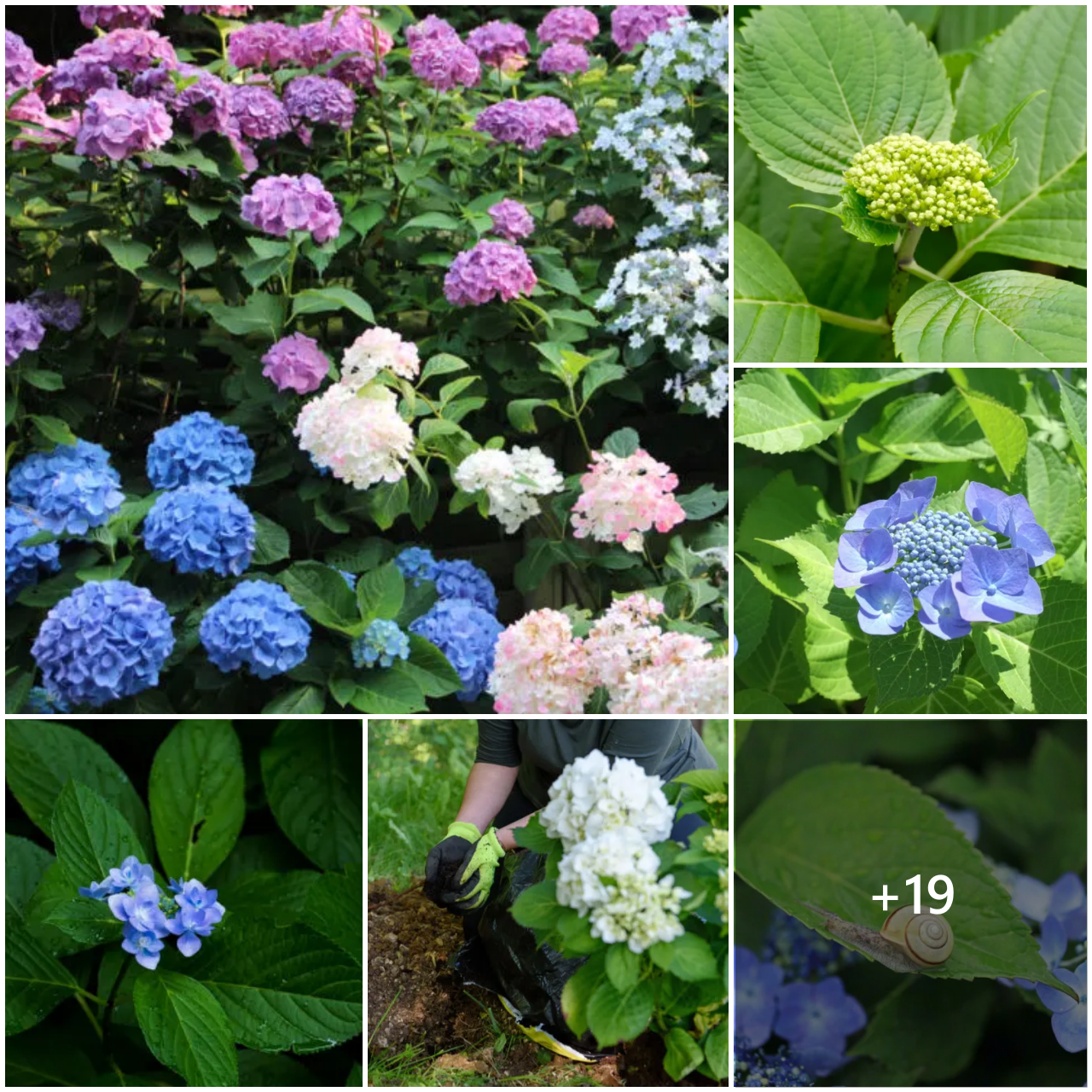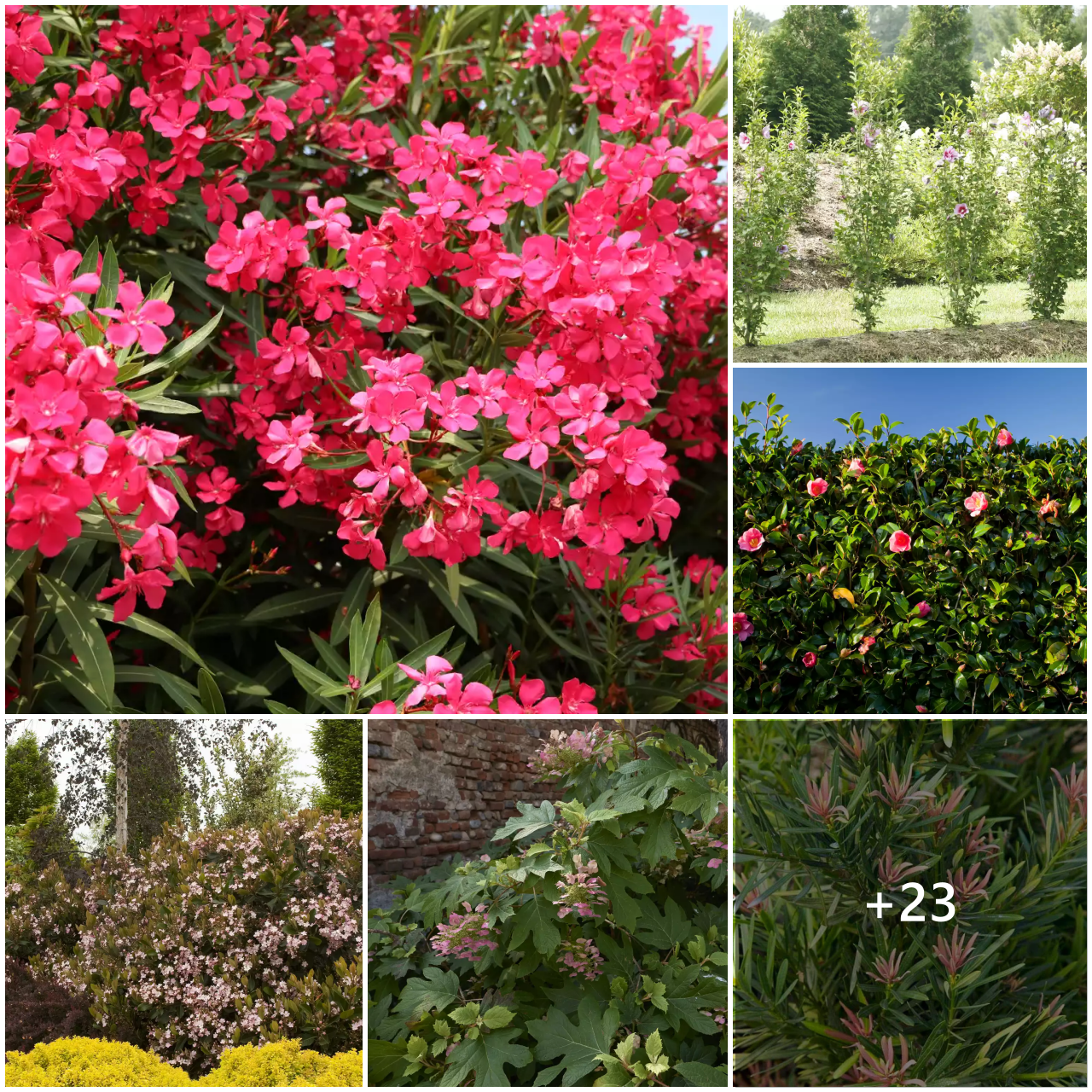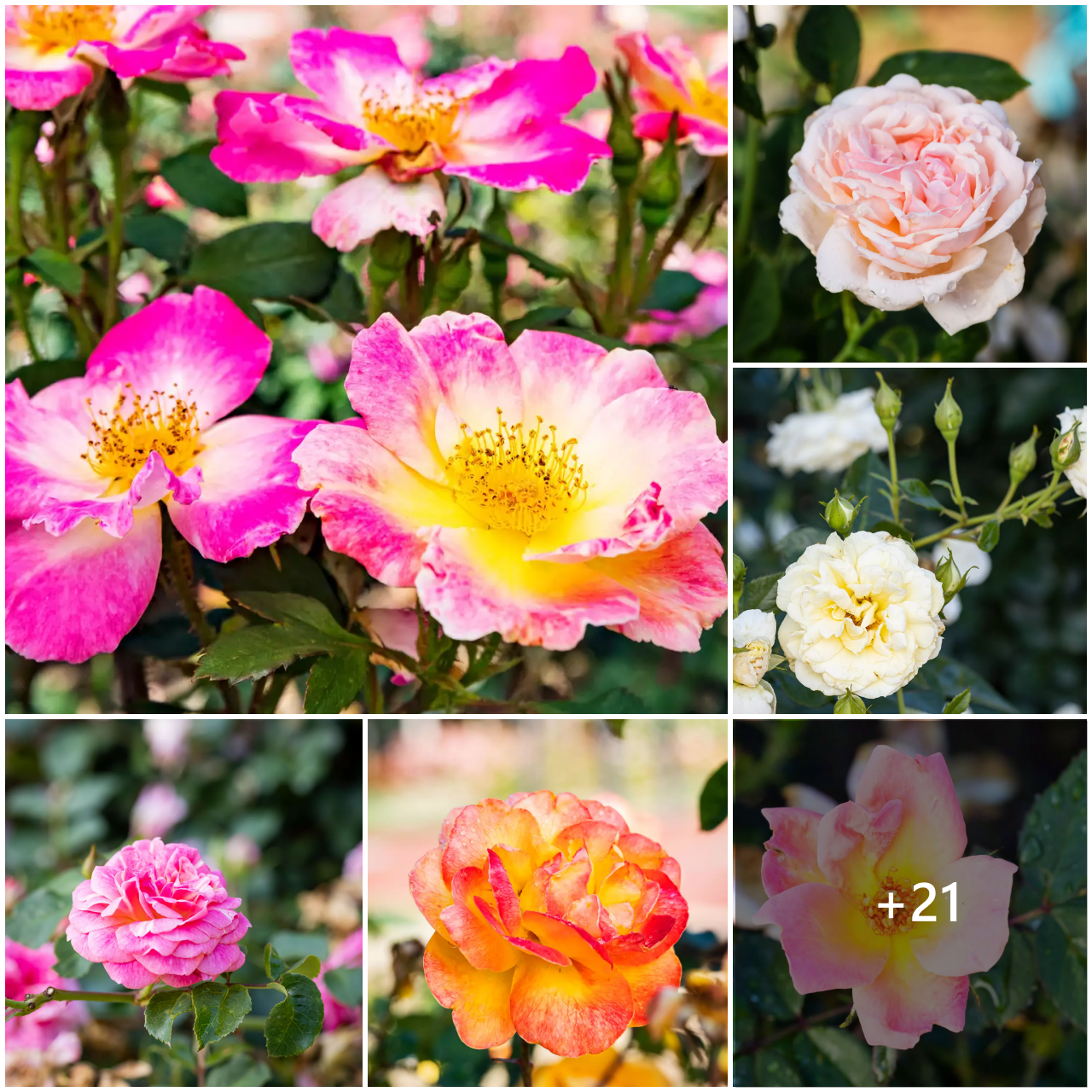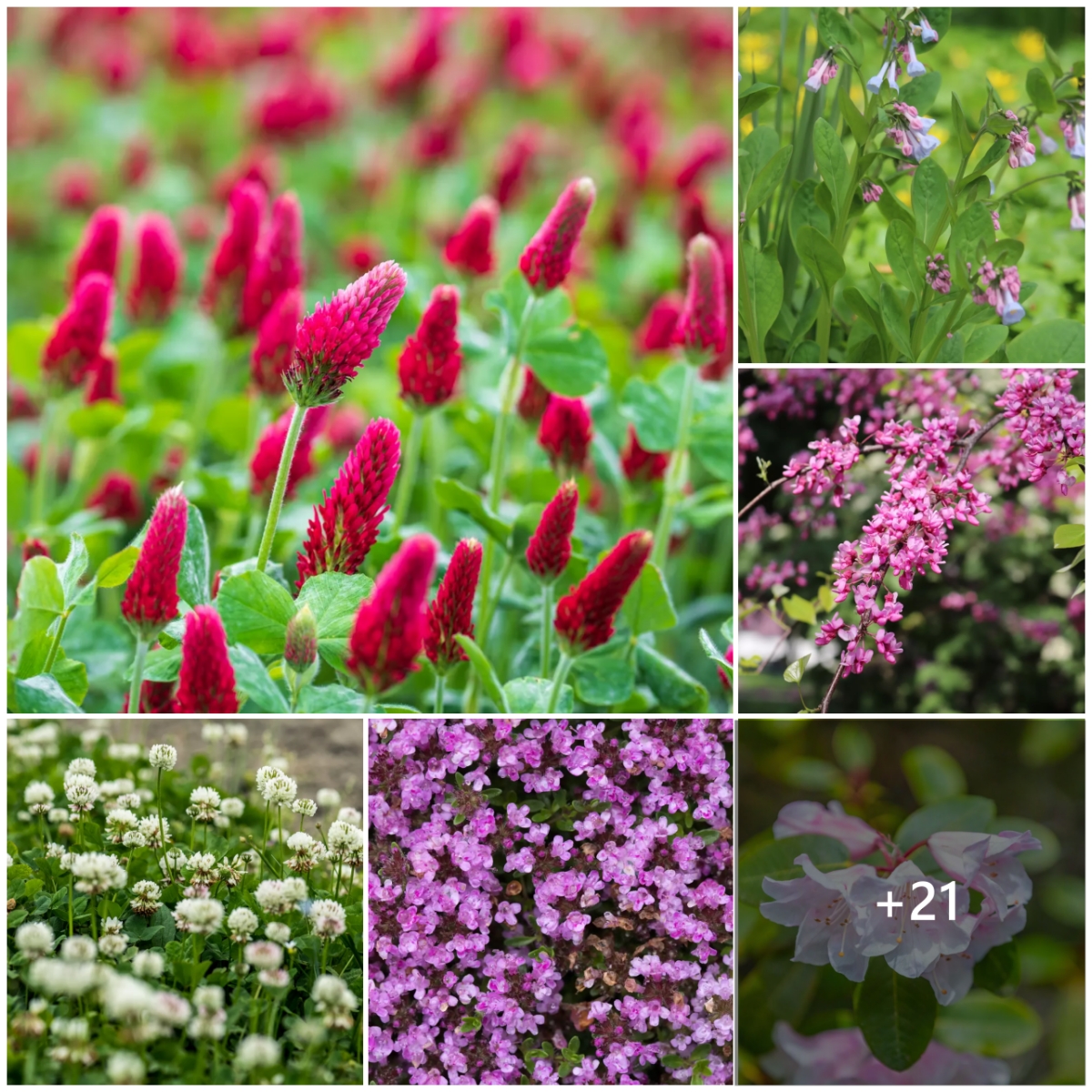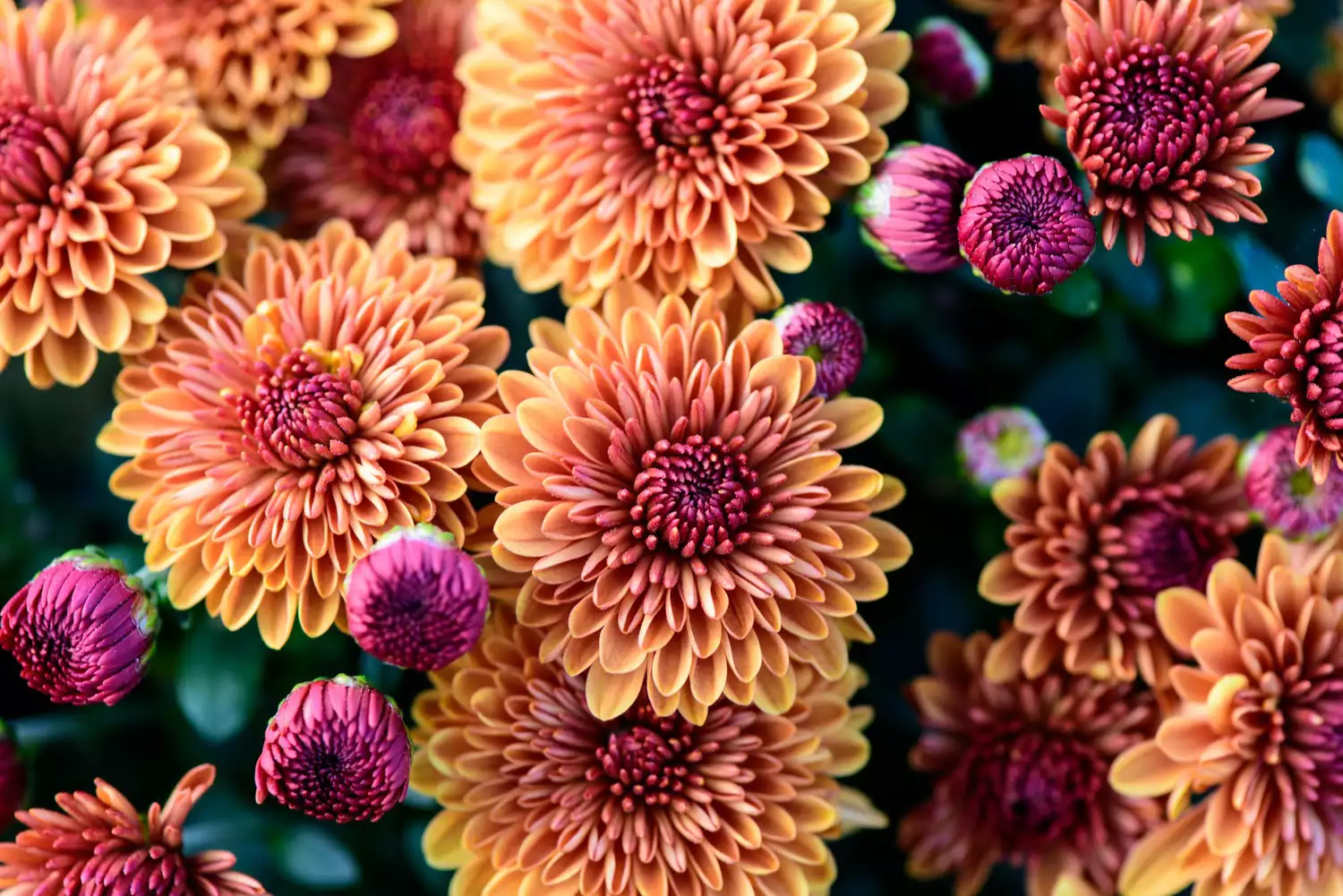
Even though the leaves turn and fall in the autumn months, we can still enjoy some vibrant blooms in the garden. You might plant them in pots, beds, or in the windowsill, but wherever they are, you’ll have cheery additions to your fall garden when they begin to bloom. Not all on the list are true bulbs; while some of these fall-blooming flowers grow from bulbs, others such as crocus and colchicum grow from corms, and dahlias and begonias grow from tubers. Read on for a few fall-blooming flowers that are sure to brighten up your autumn garden.
Begonia
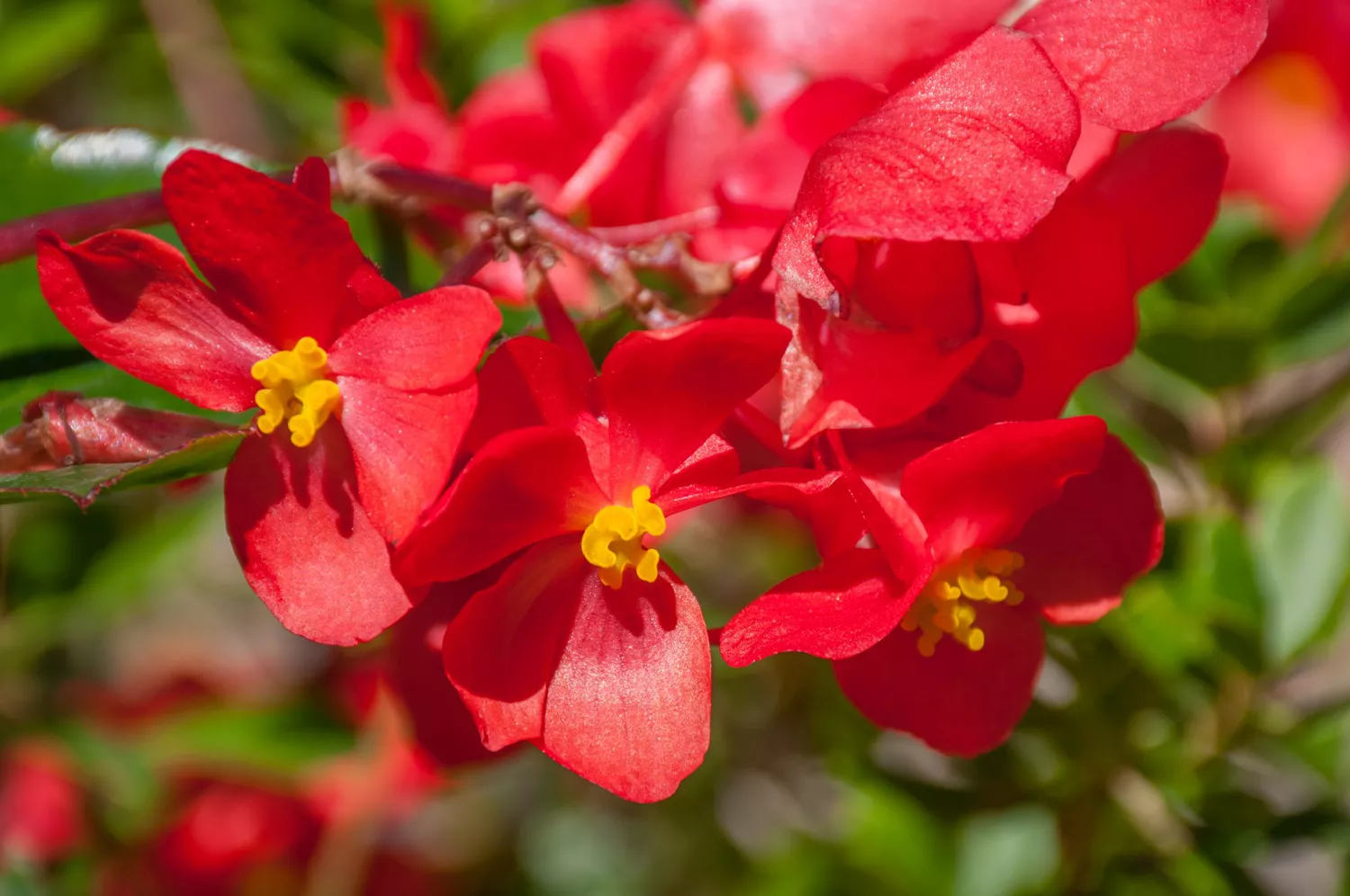
Tuberous begonias are pretty plants that grow from tubers. They bloom in many colors, almost all but blue. Related multiflora begonias have abundant fall blooms in an array of colors, including scarlet, orange, yellow, and pink.
Crocus
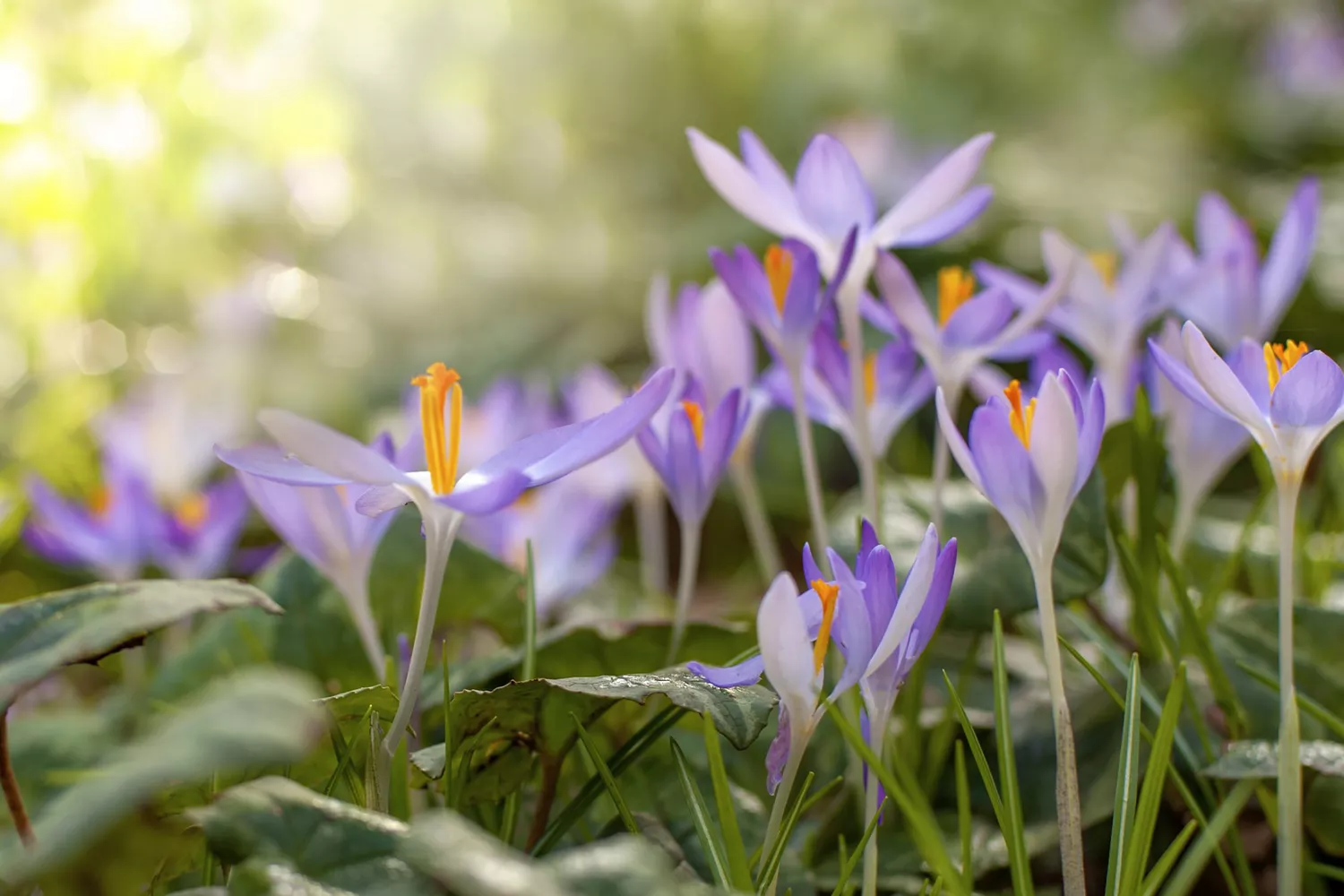
These small, goblet-shaped, purple-and-white flowers appear in early fall and will bloom from September through November. Crocus kotschyanus produce lavender or lilac flowers in autumn, and Crocus speciosus send up showy blue, violet, lavender, or mauve flowers during the season.
Colchicum
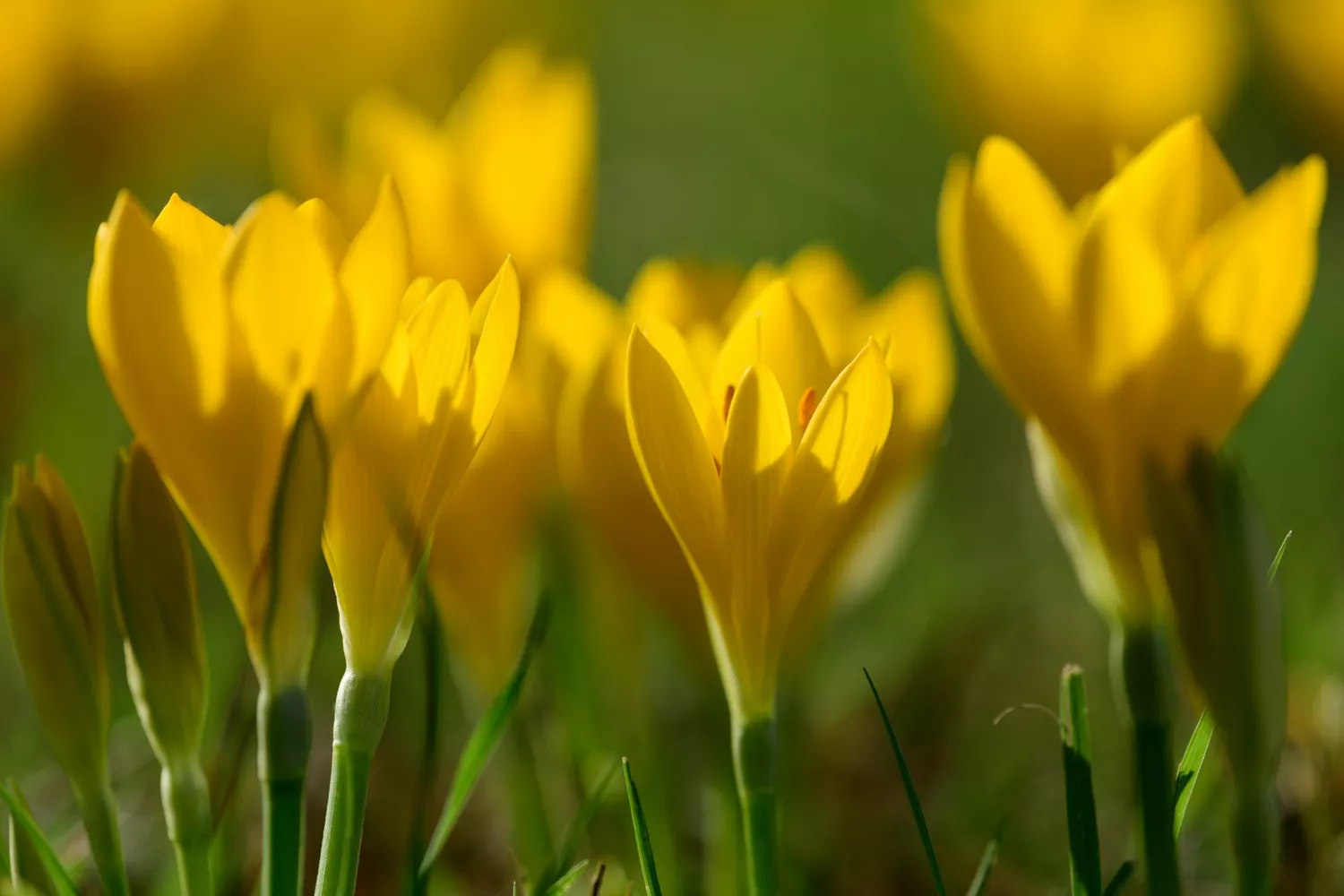
Also known as autumn crocus, these flowers are actually not true crocuses. They bloom with lavender, pink, purple, or white flowers that are shaped like tubes. They flower in late summer or early autumn, and they can be planted outdoors or in a windowsill.
Cyclamen

Many cyclamen species grow from tubers and flower in fall, including Cyclamen hederifolium, which produce pink flowers; Cyclamen persicum, which have crimson, red, salmon, purple, pink, or white flowers beginning in fall; and Cyclamen cilicium, which have white or pale pink blossoms.
Dahlia

Dahlias grow from tubers. When they bloom in fall, it’s in a diverse array of colors, from showy reds, yellows, and pinks to muted creams, purples, and peaches.
Gladiolus
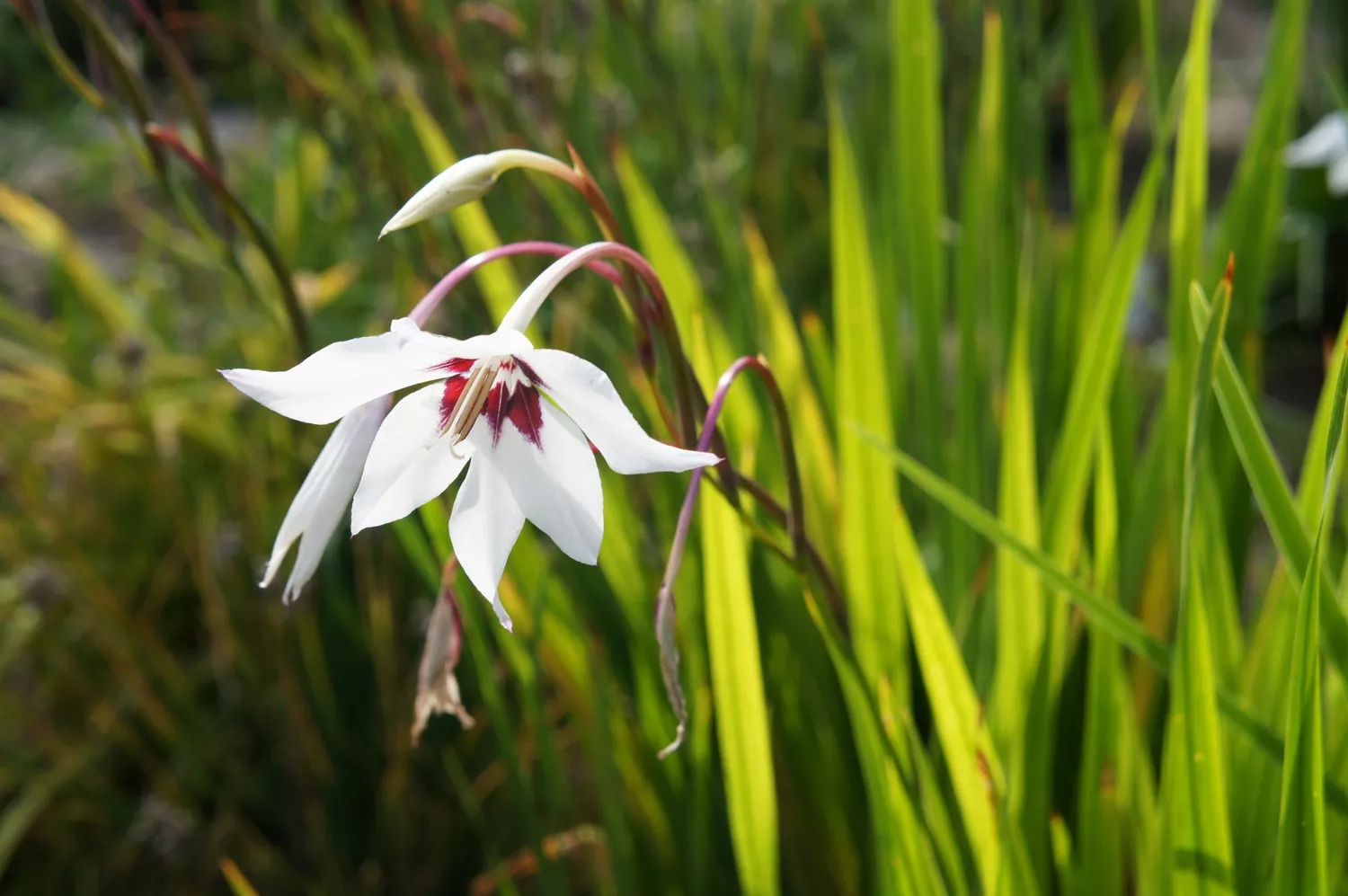
Gladiolus murielae grow from corms and make great cut flowers. They bloom in late summer and fall and produce fragrant, creamy white flowers.
Nerine

These pretty flowers are related to spider lilies, which they resemble. According to The Southern Living Garden Book, “These usually die back well before bloom time in late summer or early autumn, then reappear later in the year (typically around bloom time or shortly afterward).”
Snowdrop
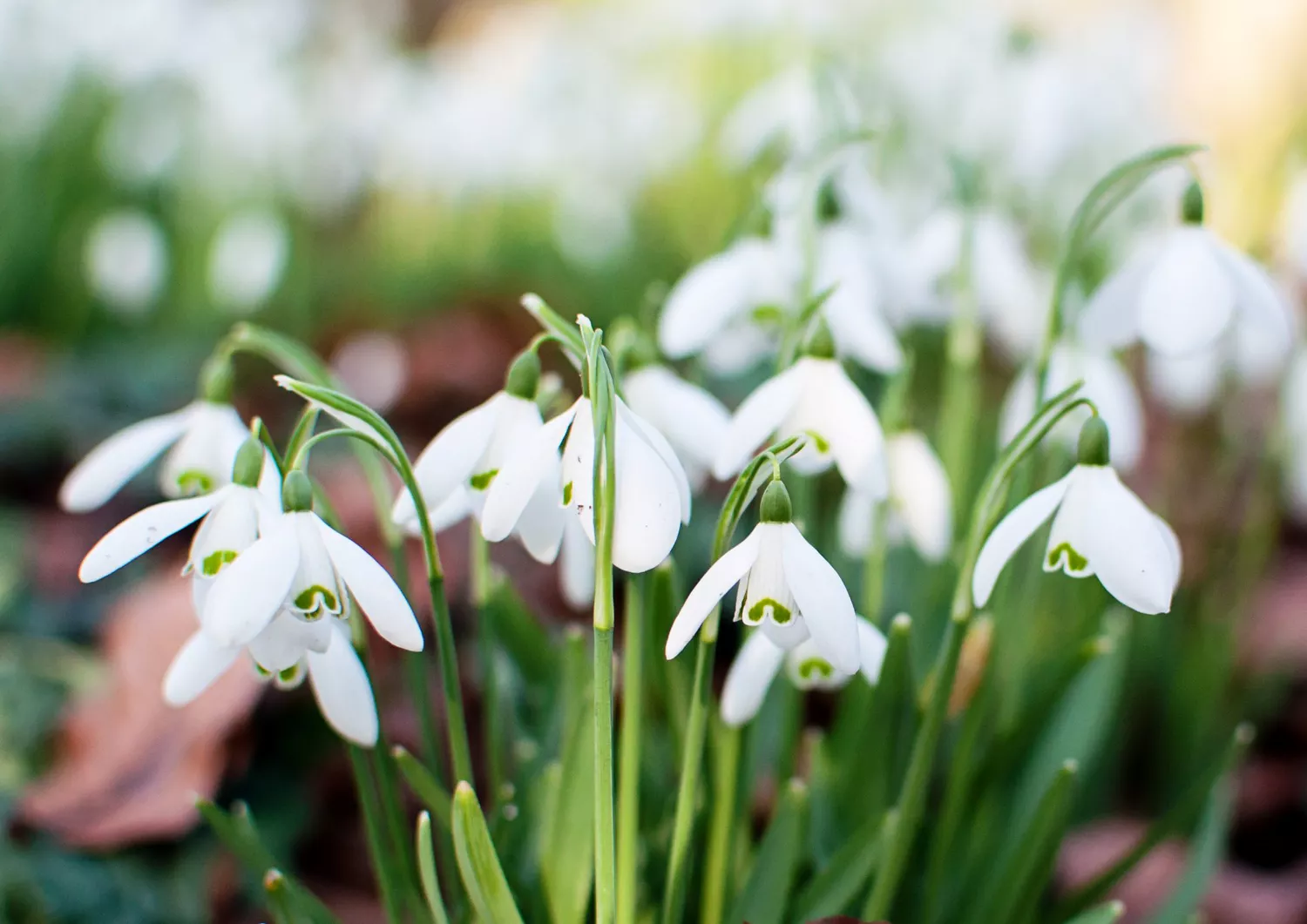
While most snowdrops appear in spring, Galanthus reginae-olgae is a fall-blooming snowdrop species. Their flowers typically appear in September or October.
Sternbergia

The bright yellow blooms of Sternbergia lutea appear in autumn. According to The Southern Living Garden Book, “In early fall, the 1 ½-inch blooms appear singly on 6-to-9 inch stems; they are chalice shaped at first, then open out to a star.” Be sure to note that “after planting, the bulbs often take two or three years to settle in and begin blooming well.”
Agapanthus
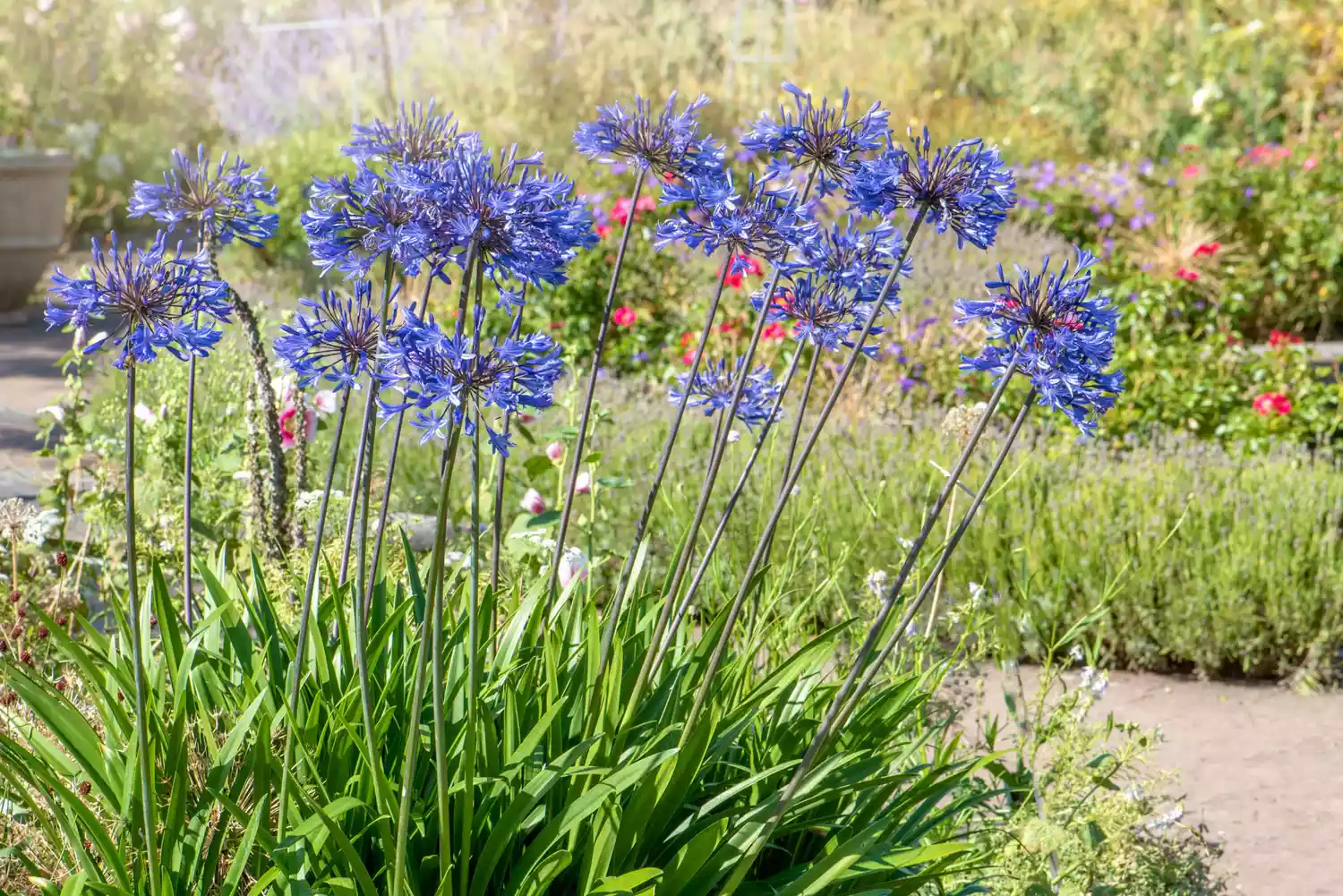
These pretty purple blooms won’t just thrill once a year—they’ll bloom in spring and keep on coming back for more throughout the summer and into the fall before the first frost. They are drought resistant and well suited for the Southern climate.
Calla Lily
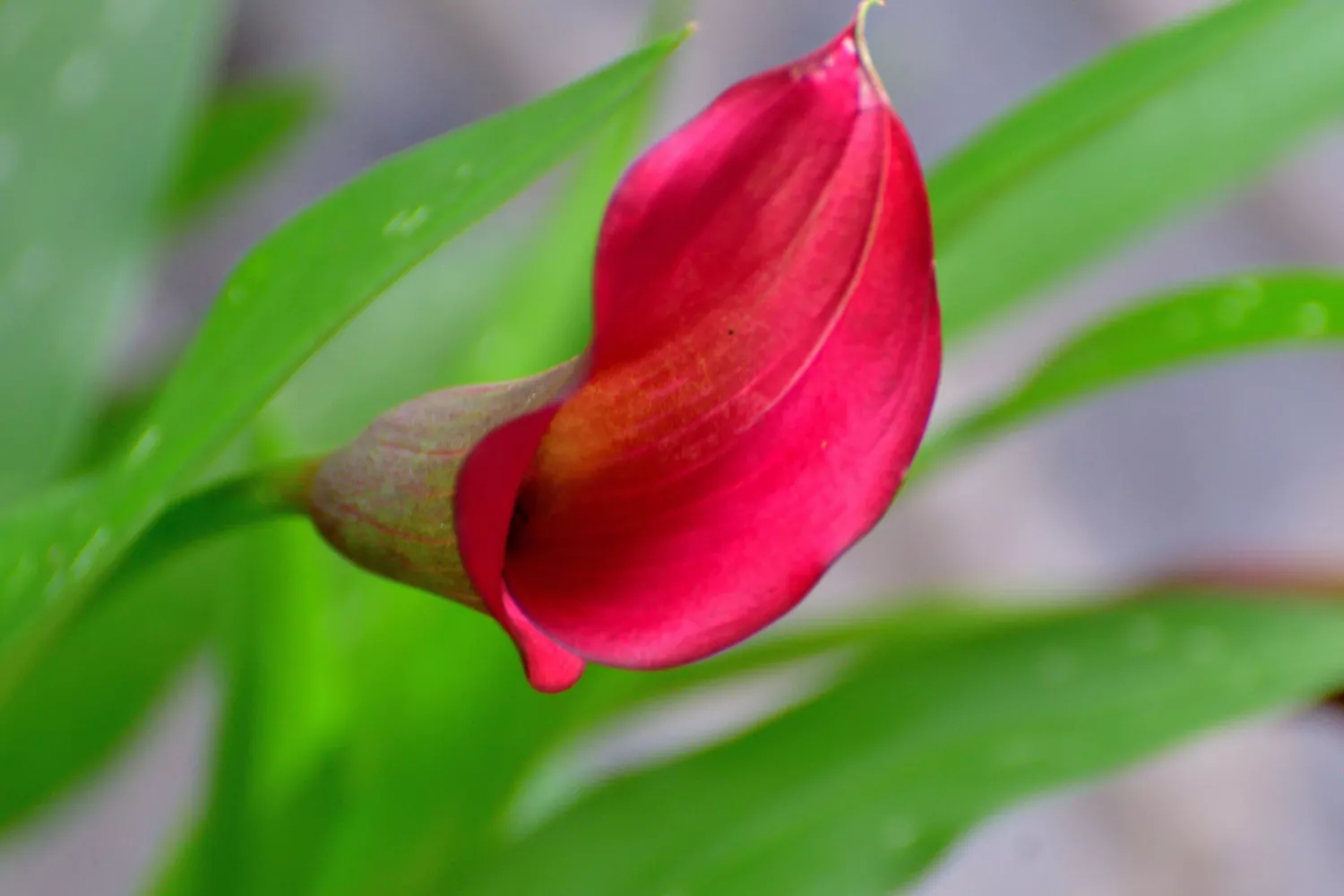
Plant bulbs in the spring after the final frost of the season. Pretty little trumpet-shaped blooms will appear from late summer through the fall. They prefer full sun unless they’re in a hot climate, in which case partial shade is best. Other than keeping the soil moist, your calla lilies shouldn’t require too much attention in order to put on a show.
